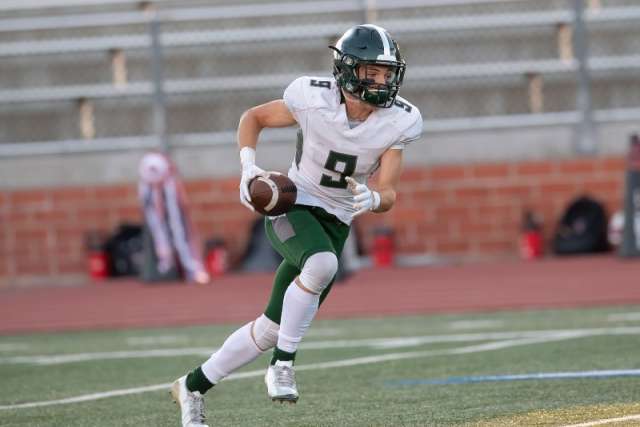It has become evident in recent years that young athletes have undergone a remarkable transformation. They are bigger, faster and stronger, demonstrating a level of athleticism that was once considered beyond their years.
Several factors play a crucial role in the advancement of youth athleticism, and one of those is the availability of specialized coaching. These coaches not only refine technical skills, but also help young athletes develop strength and conditioning routines that facilitate their physical growth and performance improvement.
“The youth sports industry has become so popular and is in such demand that there are more coaches available to younger athletes, and that’s allowing our youth to level up,” said Deviny Mo, general manager at UCLA Health Sports Performance, Powered by Exos.
UCLA Health and Exos have partnered to provide high-quality training, nutrition and wellness support to athletes, teams and clients of all ages and abilities.
Mo and her staff specialize in sports performance, coaching clients and athletes from high school to the adult level.
“We started our company 25 years ago, and one of our main objectives has been to pioneer human performance,” Mo said. “We want to know what’s the latest and greatest. Kinesiology (the study of movement) is still pretty new when it comes to exercise sciences, and with all of its new insights and research, there are going to be better methods to train the youth athlete.”
Those new methods continue to help gifted younger athletes perform at a high level.
Better training techniques + better technology = better athletes
Running a sub-10-second 100-meter dash was something that few professional and Olympic sprinters could do in the 1980s and 1990s. But since 2019, there have been some elite high school athletes who have eclipsed the feat. In other sports, such as basketball, youth athletes are developing fundamentals and athleticism much more quickly than in the past due, in some measure, to the emergence of programs such as Exos.
Part of the reason for the enhanced physical capabilities of young athletes lies in the evolution of training techniques. Coaches and trainers have moved away from conventional methods, implementing more specialized and comprehensive training programs. Modern techniques focus on strength and conditioning, agility, speed and flexibility. This specialized training from an early age allows teenagers to develop their physical attributes to the fullest at younger ages.
“When you look at the approach of the past to training a youth athlete, it was very calisthenic-based,” Mo said. “Later, it became more about building muscle mass — getting bigger and stronger and faster.”
The advent of technology has also helped revolutionize the way athletes train and monitor their progress. High-speed cameras, motion sensors and wearable devices allow for more precise analysis of movements, helping athletes identify areas for improvement. Furthermore, virtual reality and simulation technology provide athletes with realistic training scenarios, enhancing decision-making skills, reaction times and overall performance.
“In the sports-science realm, there are lots of great technologies that are helping the young athletes perform, but we want to make sure those technologies are going to help us measure performance more accurately when it comes to training,” Mo said. “We want make sure we’re using the right technologies for the right purpose when it comes to training the athlete.”
Youth are placing greater emphasis on nutrition
With an increased emphasis on proper nutrition, younger athletes now have access to nutritional experts who provide personalized plans to optimize their performance.
Mo said a balanced diet aids in muscle development, improves recovery time and enhances overall athletic performance. This focus on nutrition ensures that young athletes receive the necessary fuel to support their growing bodies and maximize their potential — something that younger athletes are taking notice of and acting upon.
“Athletes at a young age are seeking us and our dietitians out to get a greater understanding of how to properly fuel their bodies for their particular sport,” Mo said. “Performance nutrition is very different from clinical nutrition and foundational nutrition.”
It is exciting to witness the improvement of athleticism within sports science, Mo said, “but it is equally important to strike a balance and ensure that physical development is accompanied by proper rest, recovery and holistic growth.”




